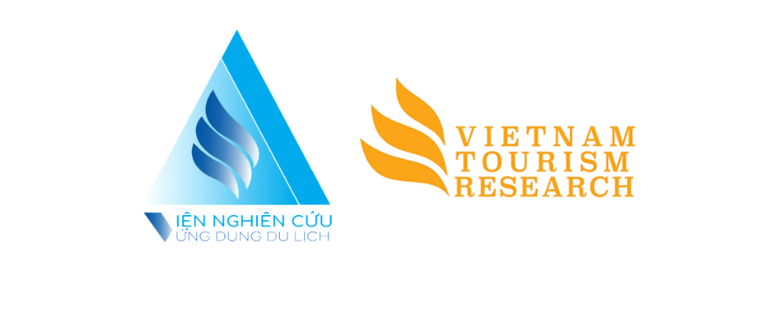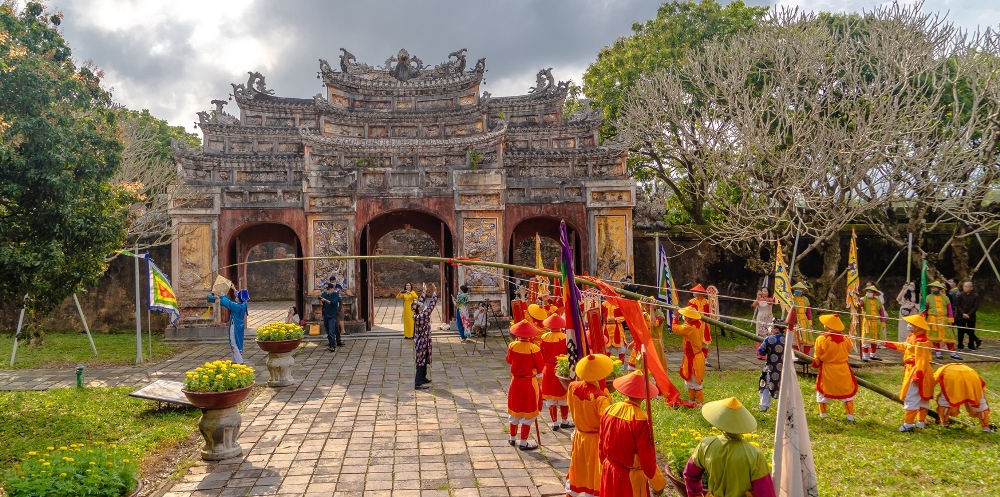This post is also available in:
Tiếng Việt (Vietnamese)
As global tourism enters a phase of reconstruction in the post-pandemic era, this article analyzes how cultural heritage tourism is grappling with a dual mandate: preservation and profitability. Drawing upon academic perspectives, practical case studies, and international models, the article sheds light on evolving traveler behaviors, the role of local communities, and innovative strategies aimed at sustainable and inclusive development.
Cultural Heritage: From Development Driver to Governance Challenge
Cultural heritage has long been a cornerstone of tourism development strategies worldwide. With 1.5 billion international tourist arrivals recorded in 2019 (UNWTO), heritage sites are considered a “soft power” asset capable of generating substantial economic value without the need for heavy industry or large-scale infrastructure. From the pyramids of Giza to the ancient town of Hoi An, travelers are drawn to the richness of history, cultural identity, unique architecture, and folk art.
However, the downside of this success is increasingly evident. The phenomenon of “overtourism” has turned many heritage sites into victims of their own popularity. Infrastructure degradation, environmental degradation, and the marginalization of local communities have sparked backlash, exemplified by anti-tourist slogans like “Tourists go home” in Barcelona—no longer isolated but indicative of a systemic crisis in tourism governance.
The Pandemic as a Strategic Pause: Rethinking Tourism Goals
While COVID-19 inflicted severe losses on the tourism industry, it also prompted a fundamental rethinking of tourism’s purpose. As tourists vanished, dolphins returned to Venice and the Himalayas became visible from hundreds of kilometers away. This raised a critical question: Should cultural assets continue to be exploited as an infinite revenue stream, or is there a need for a more balanced and responsible approach?
Chris Flynn, President of WTACH, emphasized the core issue: “Profit has consistently been prioritized over people and places.” For decades, indigenous and local communities—those who preserve, inhabit, and embody heritage—have had little voice in tourism development. This has led to a breakdown in trust and a perception of being exploited rather than empowered.
Shifting Traveler Mindsets: From “Check-In” to Cultural Immersion
Carlos Sandra from Mabrion highlights four key post-pandemic shifts in tourist behavior:
-
A growing appreciation for intangible cultural values—customs, languages, cuisine, and oral histories—over monuments and artifacts.
-
An increasing desire for immersive experiences, with tourists seeking to “live like a local” rather than merely observe.
-
A preference for educational travel: tourists want to understand how ancient Rome influences modern Italy, not just visit Pompeii.
-
A rising interest in “second-tier” destinations—less famous sites with distinct cultural character—offering a golden opportunity to redistribute visitor flows and relieve pressure on iconic destinations.
From Tradition to Green and Equitable Transformation
James Thornton, CEO of Intrepid Travel, asserts that tourism cannot thrive without protecting the very places that sustain it. With 72% of Intrepid’s customers prioritizing heritage conservation, the company has:
-
Designed itineraries that avoid over-touristed destinations.
-
Integrated local cultural activities such as traditional cooking, crafts, and storytelling.
-
Partnered with communities to ensure shared economic benefits and dual value creation—tourism and preservation.
-
Replaced domestic flights with lower-carbon alternatives like rail travel.
-
Introduced a 10-step decarbonization guide for travel businesses—moving from slogans to actionable commitments.
Similarly, Not In The Guidebooks adopts a revenue-sharing model that enables local residents to co-own the value generated by tourism activities.
Strategic Roles in Redesigning Tourism Ecosystems
Tourism authorities and destination management organizations (DMOs) must evolve from simply managing tourist flows to strategically co-designing heritage-conservation-development frameworks. Key measures include:
-
Educating visitors on responsible tourism practices.
-
Establishing visitor quotas at vulnerable heritage sites (e.g., Machu Picchu, Bhutan).
-
Supporting small tourism enterprises to adopt sustainable models.
-
Co-financing initiatives to revitalize intangible heritage such as folk music, festival cuisine, and artisanal crafts.
Culture – Wellness – Integrated Product Design
Professor Shigeru Sakaski (Toho University, Tokyo) proposes three innovative models:
-
Geisha Ecosystem: Reviving traditional arts through a boutique hotel + artisan residency + cultural mentorship model, targeting culturally informed Western tourists.
-
Pottery Studio Reinvention: Partnering with Singaporean designers to rejuvenate traditional ceramics via photographic printing techniques, thus creating new export markets and safeguarding heritage through design innovation.
-
Senior Wellness Tourism: Combining onsen bathing, forest walking, meditation, and local macrobiotic diets to offer “restorative tourism” tailored to aging societies.
Sustainability Metrics as Management Tools
Carlos Sandra underscores the principle that effective management requires measurable indicators. The development of Sustainable Tourism Indicators (STIs)—covering waste generation, community satisfaction, and heritage conservation contributions—must be standardized and transparent. Technologies like big data, GPS, and IoT can support real-time visitor monitoring, resource consumption tracking, and early-warning systems for environmental stress.
Small Steps, Big Shifts: Towards a Sustainable Cultural Tourism Future
Carol Savage likens the sustainability journey to climbing a ladder from Bronze to Platinum certification. Immediate perfection is not required—what matters is starting and staying committed. Every business and destination can begin by:
-
Phasing out single-use plastics.
-
Training guides in local heritage interpretation.
-
Reducing tour group sizes and enriching experiences.
-
Increasing community revenue-sharing ratios.
The 21st century marks a pivotal transition in cultural tourism. No longer about “leveraging heritage for profit,” the new paradigm frames tourism as a tool for preservation, not just consumption. When communities are empowered, tourists are educated, and businesses prioritize sustainable development, heritage becomes not only vibrant and enduring—but also a shared legacy.
We do not need to choose between conservation and development. With the right strategies, both can co-exist—and indeed, reinforce each other.










